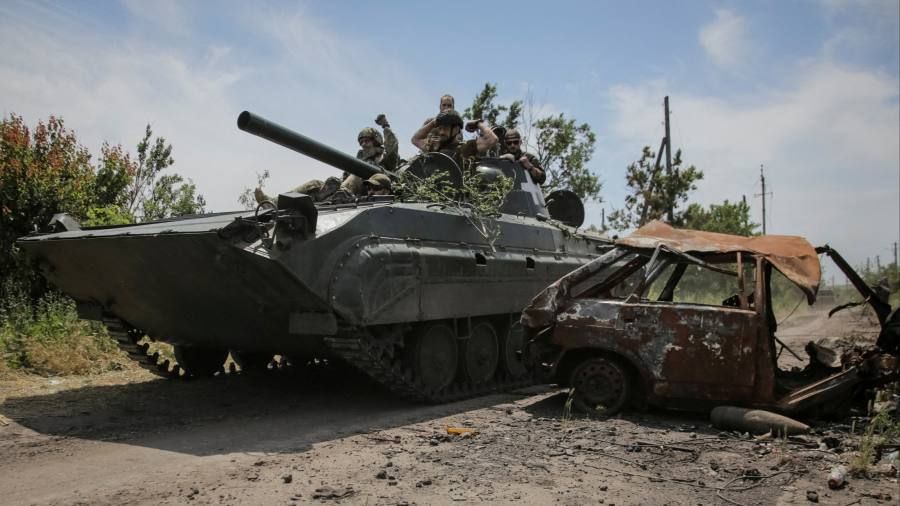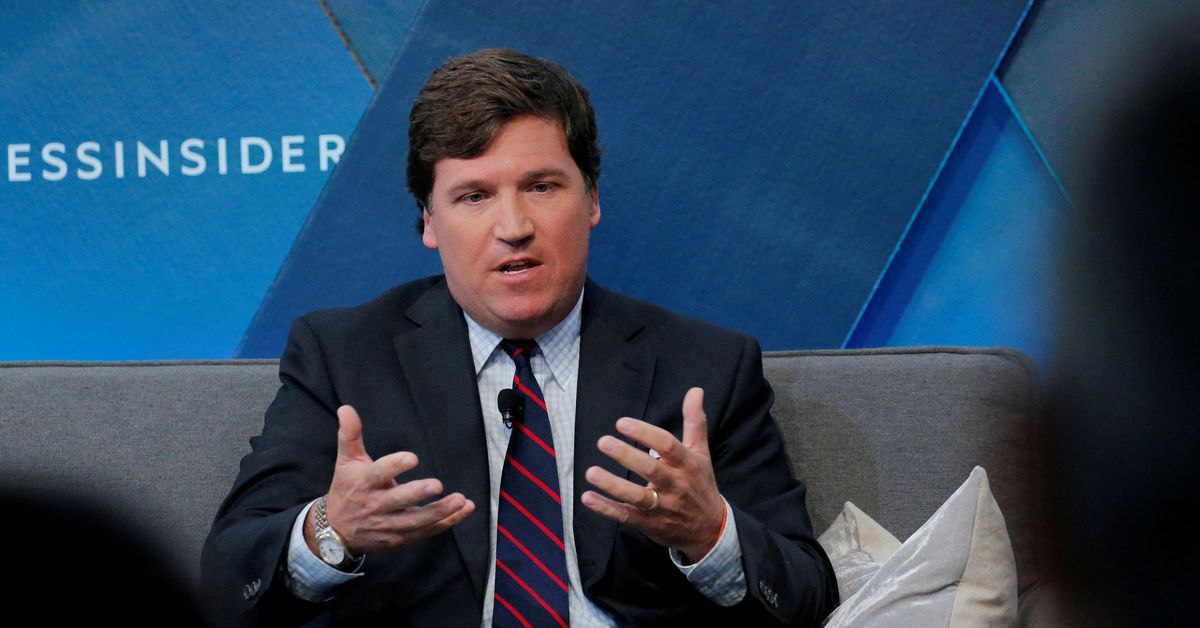Military briefing: Ukrainian troops make early gains against ‘well-prepared’ Russians
On New Year’s Day, president Volodymyr Zelenskyy pledged that 2023 would be Ukraine’s “year of victory”. Last week, Kyiv launched its long-awaited military counteroffensive to drive Russian forces out of the country. Early reports from the front line have so far been mixed.
East of the capital, Ukrainian forces claim to have recaptured high ground around the long-contested and politically symbolic city of Bakhmut. Separately, in the south-eastern region of Donetsk, seven brigades of Ukrainian troops liberated several villages and 90 square kilometres of territory around the small town of Velyka Novosilka.
Video clips released by the government showing the Ukrainian flag flying from newly liberated buildings made for good PR.
Ukrainian troops also used cunning tactics: tree cover provided by a wooded river helped them advance through otherwise open terrain, according to one Ukrainian military source. Night vision goggles further aided their stealthy approach.
But this was not a major breakthrough: Russia’s fortified front lines still lay several kilometres on. Meanwhile, a third Ukrainian attack further south towards Tokmak — a logistics hub in the Zaporizhzhia region whose capture could help sever the land corridor connecting Russia with Crimea — was less successful.
After reportedly puncturing initial defences, Ukrainian forces suffered losses when the Russians pushed back over the weekend. Around 17 of Ukraine’s Bradley fighting vehicles and three Leopard mine-breaching vehicles were also destroyed. According to Polish military consultancy Rochan Consulting, these losses accounted for a seventh and almost half of the respective types of western vehicles provided to Ukraine.
“The Russians have prepared for this well. They are entrenched. The fields are heavily mined,” said Serhii Kuzan, chair of the Ukrainian Security and Co-operation Centre think-tank in Kyiv. “They have learned a lot and prepared for a long time.”
It is still early days in the campaign, military officials and analysts stressed. Only when several hundred tanks were focused on a narrow front would it “be possible to say that the main [Ukrainian] attack has probably started and where it is happening”, Ben Hodges, a former commander of US armed forces in Europe, wrote recently.
According to military officials and analysts, Ukraine’s strategy is to test their foe’s positions in a series of probing assaults that will force the Russians to concentrate in one area — whereupon Ukraine will launch a major attack in a different place with fresh, western-equipped troops.
If the Ukrainians puncture the Russian defences there, the goal will be to pour concentrated forces through the gap and rout the demoralised enemy.
“This is the chess game at hand,” Kuzan said. “By taking the initiative we have them guessing where we will use our best units. We are trying to fish out their reserves and hit them elsewhere. But this game will be a long game . . . months.”
A Ukrainian soldier walks near the newly liberated village of Neskuchne © Oleksandr Ratushniak/Reuters
Helping the Ukrainians in their highly mobile approach are the “interior lines” of the battlefield, a concept that refers to the fact that lines of movement and supply within an area are shorter than those on the outside.
“If you look at the map, the time it takes for us to throw our reserves anywhere from Kupyansk to Kherson can take hours or days. But for the Russians, to move troops from their Valuyki region north-east of Ukraine to Kherson, can take days or weeks,” Kuzan said.
Western officials expressed confidence. “I don’t think any of us can be disappointed [with the counteroffensive so far],” UK defence secretary Ben Wallace said on Tuesday. “We’re not fixing bayonets and running towards the guns. I think they [Ukrainians] suffer. But the Russians suffer significant losses as a result of the brave Ukrainians. All I know is it’s going to plan, they’re being successful, they’ve maintained momentum.”
A western security official said that they believed “the Ukrainians can do it and that the Russians, when pushed, will run”. But they added: “many people are more cautious”.
The countervailing fear for Ukraine is that its troops exhaust themselves on the enemy’s heavily fortified front lines and, lacking air cover, suffer heavy losses from massed Russian missile strikes, artillery fire and drone attacks.
Russian air force bases in the Crimea also remain intact — another reason western provision of F-16 fighter jets remains a high priority for Kyiv.
Ukrainian troops fire a rocket towards Russian positions near Bakhmut © Anatolii Stephanov/AFP/Getty Images
Meanwhile, the destruction of the Kakhova dam last week that flooded some 200km of the frontline has allowed Russia to redeploy thousands of troops to other areas.
As Russian generals wonder where and when Ukraine’s main push might come, officials and military analysts have repeatedly cautioned against premature conclusions based on isolated incidents that might have no bearing on the rest of the front line, which is more than 1,000km long.
Equipment losses and incremental territorial gains might also obscure the role played by long-range cruise missile and other strikes on Russian reserves, command posts and logistics nodes deep behind the front line.
Just as important as the fighting itself will be the role of the west in helping sustain the Ukrainian offensive and continuing to arm the country even if Russian forces are pushed out.
“The second front in Ukraine’s offensive is here, in the west, among Nato members and at the Ramstein meetings,” where Kyiv’s allies co-ordinate western military aid, one European defence official said.
Ukraine’s high command has no delusions about the scale of the task ahead. It is also painfully aware that Ukraine has lost many of its most experienced soldiers over the past year. Although morale is high, most of the western-trained soldiers Kyiv is now fielding were civilians until recently and are untested in battle.
“Every victory has its components,” General Valerii Zaluzhnyi, head of Ukraine’s armed forces, said in a rare television interview last month. “I see how it is possible to do it. I see what needs to be done. But I know for sure that there is . . . a very long way to go.”
Additional reporting by Henry Foy in Amsterdam
Source: Financial Times


